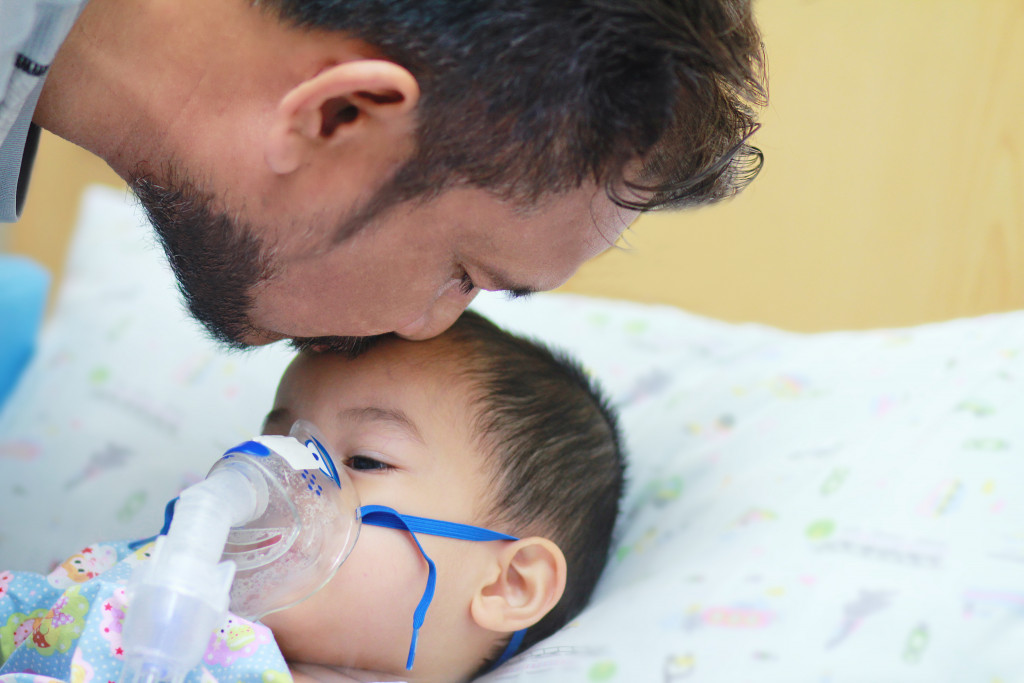Diseases are a part of human life. They affect people irrespective of their age or health status. The diseases and ailments are not only physical but also emotional and mental ones too. These biological factors have a profound effect on the mood, feelings, and activities of an individual.
Children can be the most susceptible to diseases and ailments. They are the most vulnerable to them due to their physical condition and low immunity level.
Several severe diseases can affect children, some of which are more common than others. Here are some of the most powerful:
Cancer
This is the second leading cause of death in children between the ages of five and 14, and though survival rates have increased in recent years, it is still a severe disease. The most common types of childhood cancer are leukemia, brain tumors, and lymphoma.
Symptoms can vary depending on the type of cancer but may include fatigue, fever, weight loss, and pain. Thankfully, there are various treatments for children with cancer. Here are two of the most common:
- Chemotherapy: This involves using drugs to kill cancer cells in the body. While it can be an effective treatment, it can also cause serious side effects such as nausea, fatigue, and hair loss.
- Radiation therapy: This uses high doses of radiation to kill cancer cells. It is often used with chemotherapy or surgery and may cause side effects such as skin problems, nausea, and fatigue.
While these treatments are designed to help children with cancer fight their disease effectively, they come with certain risks and potentially serious side effects. As a result, parents should work closely with their child’s doctors to ensure they receive the most appropriate care for their needs.

Cystic Fibrosis
Cystic fibrosis is a chronic disease that affects the lungs and digestive system. It is caused by a defective gene that causes the body to produce abnormally thick mucus. This mucus buildup can lead to lung infections and other serious health problems. Symptoms include coughing, wheezing, shortness of breath, poor growth, and frequent respiratory infections. Sadly, there is no way to cure cystic fibrosis, but treatments can improve quality of life. First, parents should bring their children to a local pediatric urgent care center once it worsens. They can help identify and manage the symptoms and may also provide therapies or medications to help improve lung function.
Muscular Dystrophy
A muscular dystrophy is a group of inherited diseases that cause muscle weakness and wasting. It is caused by defects in specific genes responsible for making proteins needed for healthy muscles. Symptoms usually appear in early childhood and get worse over time. They may include difficulty walking, climbing stairs, or lifting objects; muscle weakness; and fatigue. There is no cure for muscular dystrophy, but treatments can help slow the progression of the disease and manage symptoms. Here are three of the most common treatments for muscular dystrophy:
Medications
The most common treatment for muscular dystrophy is a group of medicines known as corticosteroids. These can help reduce inflammation and improve muscle strength, but they often have significant side effects, such as the increased risk of infection, high blood pressure, and weight gain.
Physical Therapy
Physical therapy is another standard treatment for muscular dystrophy. This involves regular exercises that can help improve range of motion, strength, and coordination. It may also include using special equipment, such as braces or wheelchairs, to make it easier for children with muscular dystrophy to move around.
Surgery
In severe cases, surgery may be recommended to help ease symptoms. This can include procedures such as tendon transfers that help make walking easier or muscle transplants to replace damaged muscles.
As with any chronic illness in children, parents need to work closely with their child’s doctors to ensure they receive the most appropriate and effective care possible. Seeking out additional resources, such as support groups and online information, can also help manage a child’s muscular dystrophy.
Sickle Cell Disease
Sickle cell disease is an inherited blood disorder that causes red blood cells to become sickle-shaped (crescent-shaped). These abnormal cells can block blood flow and cause pain, organ damage, and other serious health problems. Symptoms include fatigue, pain episodes (sickle cell crisis), stroke, organ damage, and jaundice. There is no cure for sickle cell disease, but treatments can help manage symptoms and prevent complications.
These are just some of the many severe diseases that can affect children. Though there is no cure for many of them, early detection and treatment are vital to managing symptoms and preventing complications. If you think your child may be showing signs or symptoms of any of these diseases, contact your doctor immediately.
